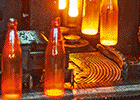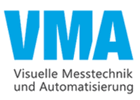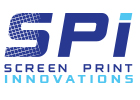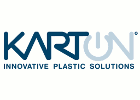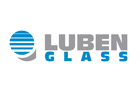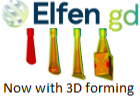Hattersheim, January 30, 2023. Global speciality chemicals company Kuraray has had a Life Cycle Assessment (LCA) carried out by the product sustainability consultancy Sphera Solutions for four of its products that are manufactured in Europe: Kuraray Poval™ (polyvinyl alcohol, PVOH), polyvinyl butyral (PVB), polyvinyl butyral film and SentryGlas®. The aim of this assessment, which is based on the cradle-to-gate approach, is to evaluate the sustainability of Kuraray’s products and identify potential for improvement. Sphera Solutions’ findings: the “total climate change” value calculated for 1 kg Kuraray Poval™ is 2.47 kg CO2 equivalent. This means that the carbon footprint of Kuraray Poval™ is 30% lower than the average given for PVOH in a renowned database. At the same time, these figures show that the carbon footprint of Kuraray's oil-based PVOH is many times lower than that of coal-based PVOH variants on the market. Kuraray presents detailed results of the LCA in a free brochure, which can be downloaded at: www.kuraray-poval.com.
Sustainability is increasingly important
Sustainability concerns the whole of society. More and more consumers are examining about the sustainability of their actions, and, more and more companies are considering how sustainable their supply chain is and where there is further potential for improvement. "We know that as a chemical company we have a relevant carbon footprint," says Jörg Schappel, Head of QHSE & Product Stewardship. "We want to use LCAs and public transparency to show how determined we are to exploit the potential to improve sustainability. Sphera Solutions' results show that we are more successful in this regard than many of our competitors."
Cradle-to-gate: from raw material to product
A Life Cycle Assessment (LCA) is a systematic analysis of the environmental impact of products over their life cycle. There are basically two approaches: cradle-to-grave and cradle-to-gate. The cradle-to-grave approach tracks products from the extraction of the raw materials to the end of their life cycle, usually until disposal or recycling.However Kuraray supplies its chemical products to customers for further processing, and has no data on what happens to customers' products at the end of their life cycles. That is why Kuraray uses the cradle-to-gatemethod. Here, the LCA of a product extends from the extraction of the raw materials to a certain point known asthe gate. Therefore, the life cycle of the four Kuraray products was assessed from the extraction of the raw materials to the end of the chemical production process..
LCAs for further products: cradle-to-grave approach
The LCAs for Kuraray Poval™, polyvinyl butyral, PVB film and SentryGlas®. are only the first step: Kuraray intends to gradually perform LCAs of all of its products as the basis for continually improving their sustainability. There are also plans to extend the LCA to the cradle-to-grave approach. The company is currently discussing this with its raw material suppliers and customers. Using the cradle-to-grave process, in the near future it will be possible to track the sustainability of an end-product along the entire value chain, right up to disposal or recycling – and to show where there is still potential for improvement.
Process4Sustainability: working together to enhance sustainability
Kuraray's commitment to sustainability goes beyond LCAs. For example, it is a founding member of the Process4Sustainability cluster at Höchst Industrial Park. This cluster is a network of industrial companies, research institutes and innovation alliances. The common goal is to develop innovative solutions that save energy and resources to help Germany achieve its target of becoming carbon-neutral by 2045.





